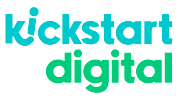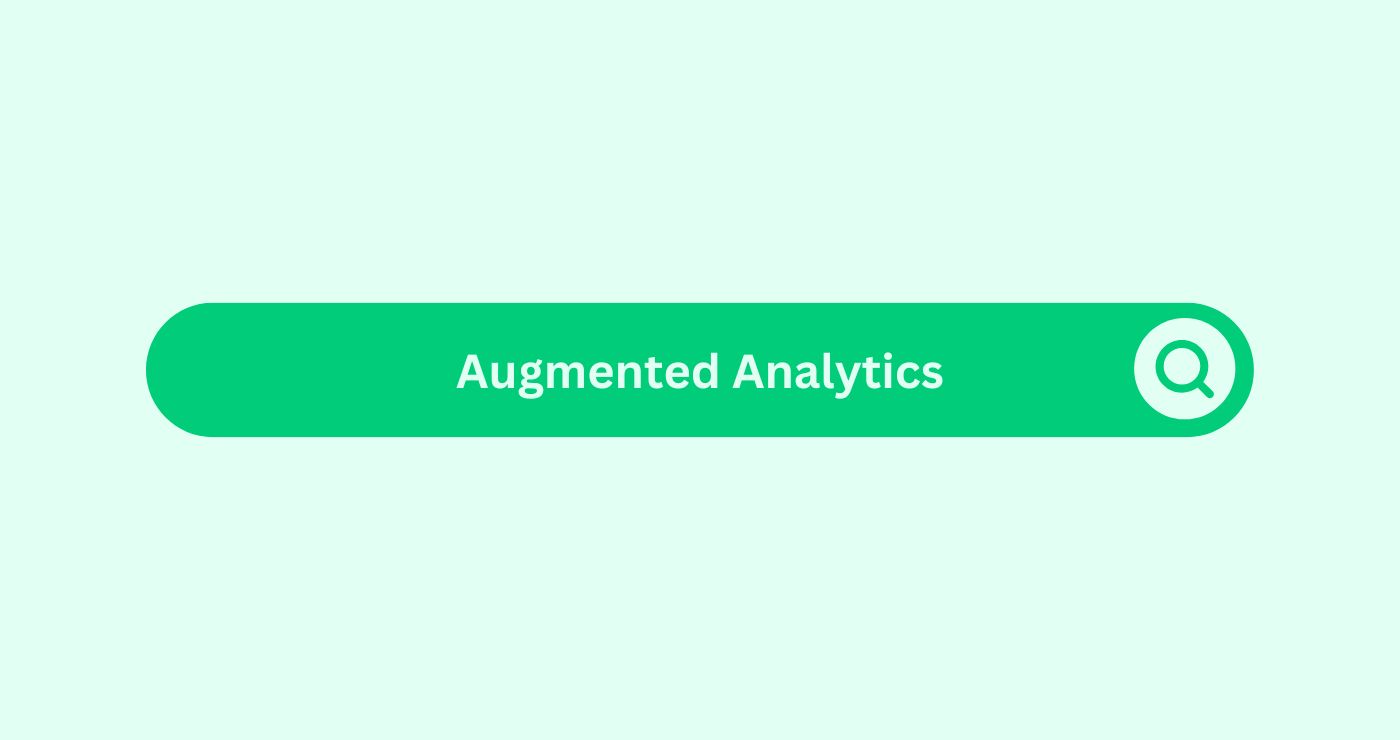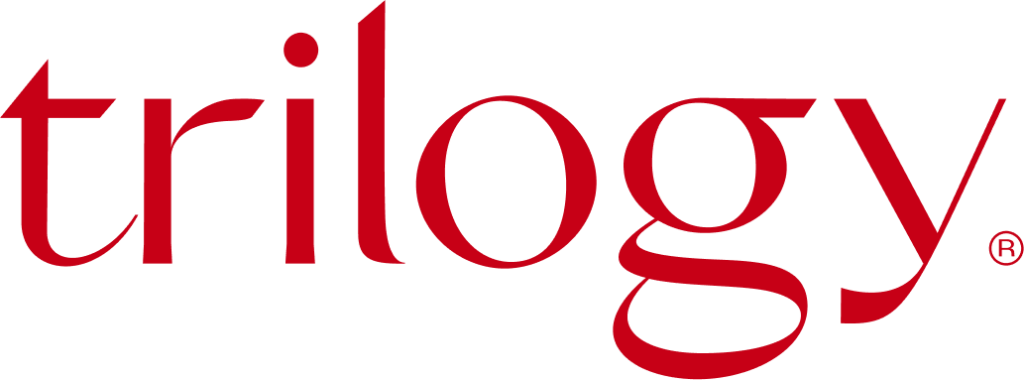Definition:
Augmented AnalyticsDefinition In SEO, analytics involves collecting, measuring,... in AI Terms in Content MarketingDefinition Content marketing strategically creates and share... refers to the use of artificial intelligence, machine learning, and natural language processing to automate insights from marketing data. It enhances traditional reporting by identifying trends, predicting performance, and suggesting next-best actions—without requiring deep technical expertise.
For a performance marketing agency, augmented analyticsDefinition In SEO, analytics involves collecting, measuring,... automatically detects which creatives deliver the highest ROI. A SEO company might use it to understand how voice search queries affect organic trafficDefinition In the context of SEO (Search Engine Optimisation... patterns. A digital marketing Auckland team can apply it to pinpoint which content themes drive conversions across multiple channelsDefinition Channels in the context of SEO refer to the vario....
Rather than digging through raw data manually, marketers receive ready-to-use recommendations, campaignDefinition An SEO campaign involves focused, Organised effor... summaries, and predictive signals—speeding up decision-making and improving outcomes.
Example
Let’s say a digital marketing Auckland firm manages multiple client campaigns. Normally, performance analysts compare data from Google Ads, AnalyticsDefinition In SEO, analytics involves collecting, measuring,..., CRM tools, and email platforms.
With augmented analyticsDefinition In SEO, analytics involves collecting, measuring,..., AI automatically merges all this information, identifies a spike in conversions after publishing listicle-style content on Thursdays, and highlights that mobile trafficDefinition In the context of SEO (Search Engine Optimisation... converts 40% higher when the CTA is at the top. The system suggests replicating this across other content types and triggers an alert to the team.
This insight would take hours—or days—to uncover manually. With augmented analyticsDefinition In SEO, analytics involves collecting, measuring,..., it appears instantly, ready for action.
Formulas & MetricsWhat are Metrics in the context of SEO? Metrics in SEO refer...
Marketers use augmented analyticsDefinition In SEO, analytics involves collecting, measuring,... to track speed, insights gained, and efficiency improvements:
| Metric | Formula | Example |
|---|---|---|
| Insight Time Reduction (%) | (Manual time – AI time) / Manual time × 100 | (6h – 1.5h) / 6h × 100 = 75% |
| Predictive Accuracy (%) | (Correct predictions / Total predictions) × 100 | (180 / 200) × 100 = 90% |
| Action Recommendation Rate (%) | (Recommendations used / Total insights) × 100 | (48 / 60) × 100 = 80% |
| Content ROI Lift (%) | (AI-driven ROI – Baseline ROI) / Baseline × 100 | (4.2 – 3.0) / 3.0 × 100 = 40% |
| Efficiency Gain (%) | (Tasks automated / Total tasks) × 100 | (45 / 60) × 100 = 75% |
This allows SEO companies and agencies to quantify the value of integrating augmented analyticsDefinition In SEO, analytics involves collecting, measuring,... into their campaigns.
5 Key Takeaways
- Augmented AnalyticsDefinition In SEO, analytics involves collecting, measuring,... turns raw marketing data into clear, AI-generated recommendations.
- It helps marketers predict performance and optimise campaigns without manual reporting.
- Performance marketing agencies use it to improve ad spend efficiency and content timing.
- SEO companies rely on it to uncover ranking opportunities and user search shifts.
- It reduces analysis time dramatically and empowers faster, data-driven decisions.
FAQs
What makes augmented analytics different from regular dashboards?
It interprets data and suggests actions instead of just visualising metrics—saving hours of manual work.
Is augmented analytics useful for SEO planning?
Yes. It can spot keyword patterns, ranking anomalies, and search intent shifts before manual tools do.
How does it improve content marketing strategies?
By identifying which content formatsDefinition In the SEO space, "formats" refer to the various ..., headlines, and platforms yield the best engagementDefinition Engagement in content marketing refers to the deg... and conversions.
Do I need a data analyst to use augmented analytics?
No. It’s designed for marketers—many tools offer plain-language insights with clickable recommendations.
Can this integrate with tools like HubSpot, SEMrush, or Meta Ads?
Absolutely. Most augmented analyticsDefinition In SEO, analytics involves collecting, measuring,... platforms support plug-and-play integrations across leading tools.




